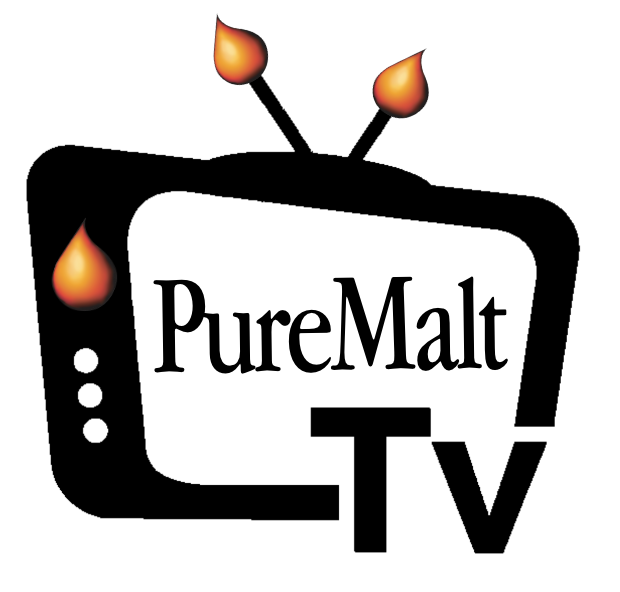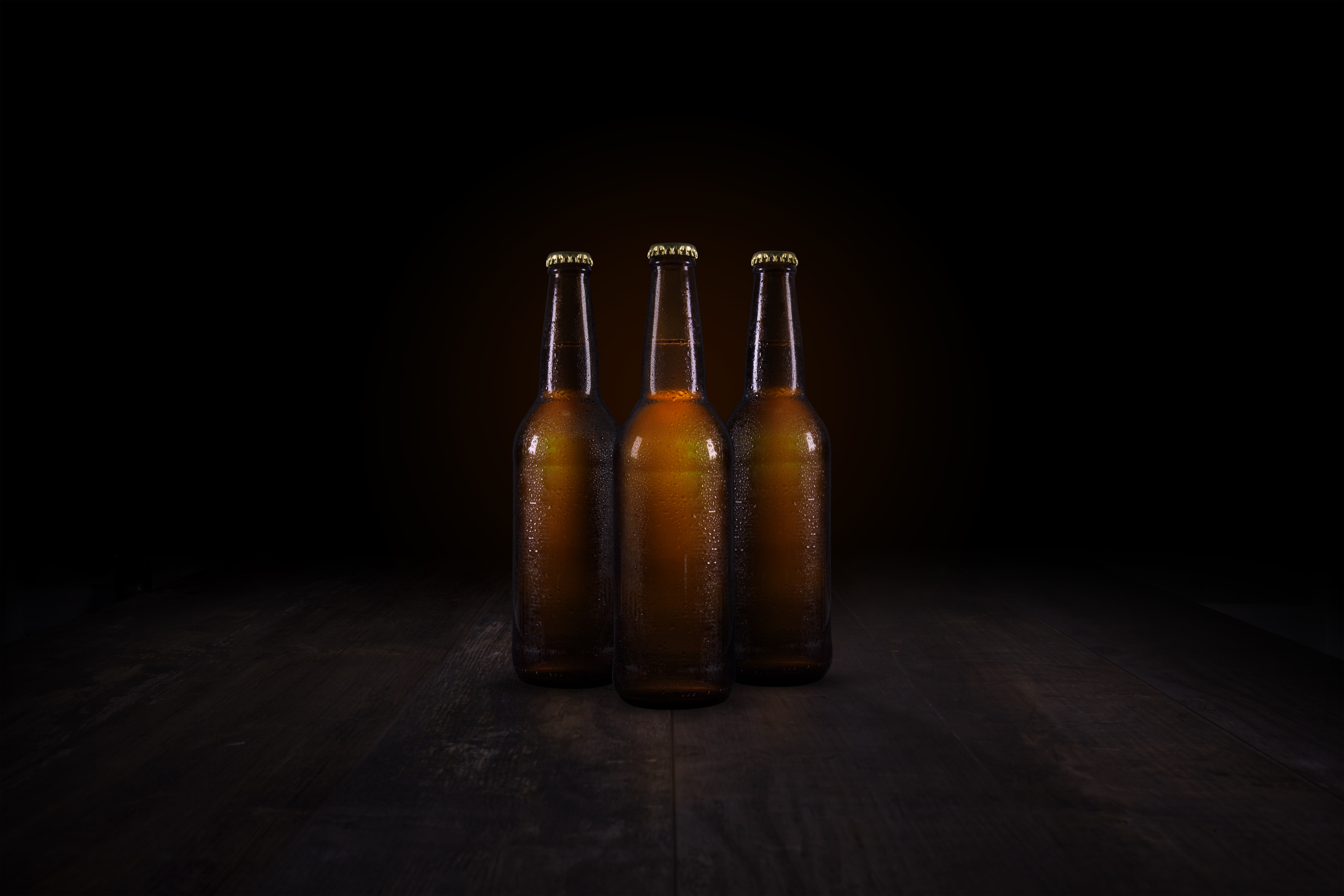Watch our second webinar in the Instant Innovation Series - 'Premium Pilsners'
In this webinar we present the current market trends of premium pilsners and lagers, discuss innovation techniques available to brewers, followed by a virtual tasting of samples available to create premium beer styles.
Premium Pilsners
Innovation Techniques
With bottom-fermented beers remaining the most widely drunk globally. Brewer’s are continually looking for ways to differentiate their beers from the mass market.
Here are a few different techniques to consider when brewing your bottom-fermented beers.
Speciality Malts
Various speciality malts can be added to the grist during mashing to enhance the colour, flavour and mouthfeel of bottom fermented beers.
Many different beer styles can be created using an addition of speciality malt including Marzen, Vienna and Amber lagers.
Positives
-
- Utilises existing brewhouse
- Produces unique results/recipes
Negatives
- Requires large CAPEX injection if new grain handling required
- May require separate milling procedures
- Requires minimum batch quantities to fit brewhouse
- Can be hard to achieve flavour consistency
Hopping Techniques
Various hopping techniques exist to differentiate your beers. Many bottom-fermented beers claim unique hopping as their point of difference.
Popular techniques include:
Technique 1: Bitterness quality and intensity
Technique 2: Dry hopping (IPL)
Technique 3: Aroma oil additions
Positives
-
- Utilises existing beer streams
- Can be used to differentiate at various points of the process
- Can alter bitterness, aroma and mouthfeel
Negatives
-
- Requires large CAPEX injection
- Requires minimum batch quantities (dry hopping)
- Produces waste stream (dry hopping)
- Some hop varieties are already in abundant use
Fermentation Techniques
Various fermentation techniques can be utilised to alter flavour, mouthfeel and perception of bottom-fermented beers:
Technique 1: Strain Differentiation
Technique 2: Fermentation profile and conditions
Technique 3: Filter-ability & conditioning
Positives
-
- Effective at creating esters and volatile flavour aromas
- Good results without CAPEX
Negatives
-
- Inherently inconsistent batch to batch
- Utilises fermentation capacity
- Difficult to control the production of vfa’s
- Introduces cross-contamination risks among strains
- Market-ready strains are not unique
Refined Malt Extract
All beers are brewed from malted cereals (and adjuncts) in the brewhouse. Malt extracts follow the same traditional processing.
Utilising refined malt extracts for late-stage-differentiation can be a highly flexible and effective way to develop new beers styles or add colour and flavour to existing brews.
Positives
-
- No conflict with brewhouse capacity
- Possible to create truly unique recipes
- No batch size constraints
- Late stage addition
- Rapid NPD timelines
Negatives
-
- Requires beer filtration after addition
- Not brewed at your brewery but still made traditionally
Virtual Tasting
How can we differentiate and premium-ise exiting bases with PureMalt?
Using a pale lager base we add a variety of products to these to create premium products.
Formulations available at the end of the article.
- Add 150ml of beer to 3 glasses
- Add a small amount of beer to the sample cups containing the extract and agitate to create a homogeneous sample.
- Add sample back to the base to create the premium beer.
CB30/65
100% caramel malt concentrate, produced using wet roasting procedure.
Brings a golden hue and sweet toffee and caramel notes.
Addition rate of 1% = 1.5g in 150ml of beer.
VISUAL – Increased colour by 3.5 EBC, noticeable golden hue
TASTE – Detectable sweetness from the caramel profile and toffee notes, increased body and provides a fuller mouthfeel.
CB120/65
Blend of caramel malt and dark crystal malt, sweet caramel flavour in addition to more dry, dark notes.
Enhances a striking red tone.
Addition rate of 0.5% w/v = 0.75g in 150ml of beer.
VISUAL – Adding 8 EBC colour
TASTE – Detecting less sweetness, balance of caramel and crystal gives a complex profile. Increased body and mouthfeel from speciality malt.
RB3/65
Roast malt concentrate (3000 EBC) Light roast malt 0.2% w/v = 0.3g in 150ml beer. Aiming for a lift in body and fuller mouthfeel.
VISUAL – Providing premium appearance to the lager.
TASTE – Not about flavour, should only boost body and mouthfeel. Very subtle nutty notes, improved body and mouthfeel. A good option for no and low alcohol beers.
Webinar Materials:

Watch Next:
Blondes, Bocks & Bitters Webinar
Dark, Schwarz & Stouts Webinar
Brewmasters Virtual Roundtable Webinar
0.0% Alcohol-Free Beer Webinar
If you require further information please feel free to get in touch with our  form.
form.
We hope you find our webinars useful!



